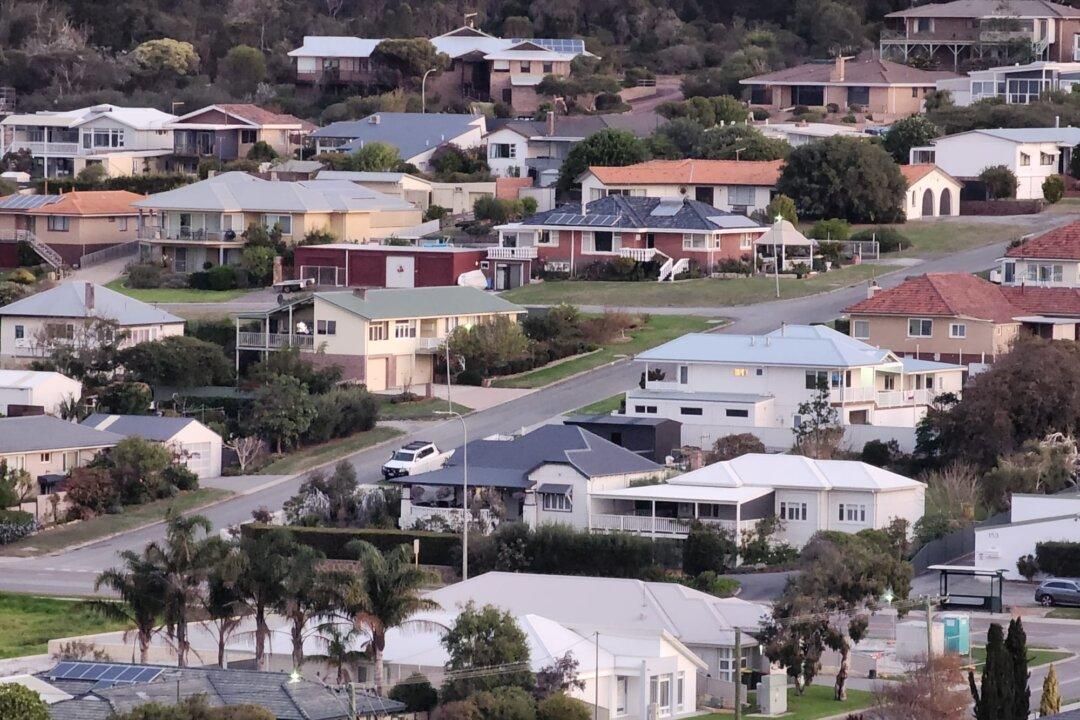Go online, and you'll find many social media posts complaining about Australia’s cold houses in the winter.
And it’s not just a trivial gripe either.

Go online, and you'll find many social media posts complaining about Australia’s cold houses in the winter.
And it’s not just a trivial gripe either.